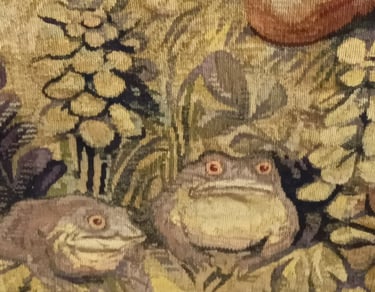
The Weavings of imagination
Looking beyond reality at the Lodève Museum.
FILMS , MUSIC, DRAMA AND ARTFRENCH CUSTOMS AND LOCAL EVENTS
12/20/20244 min read
Why look at images
...if all they do is reproduce reality ?
Blaise Pascal.
Today we visited The Musée Fleury in Lodève, to see their winter exhibition entitled 'Tisser L'Imaginaire. 'This I believed, was to consist of a series of woven tapestries, both old and relatively modern. I have become interested in weaving, as this forms the background to my next novel , which is not yet complete. I wished to learn more about techniques. But this was not to be . Like the last exhibition (Psychoses) the museum seeks to pose a challenge . It asks questions of us that we must try to answer , and will not allow us to passively gaze. Our morning turned out to be much more challenging, and inspiring than we had anticipated.
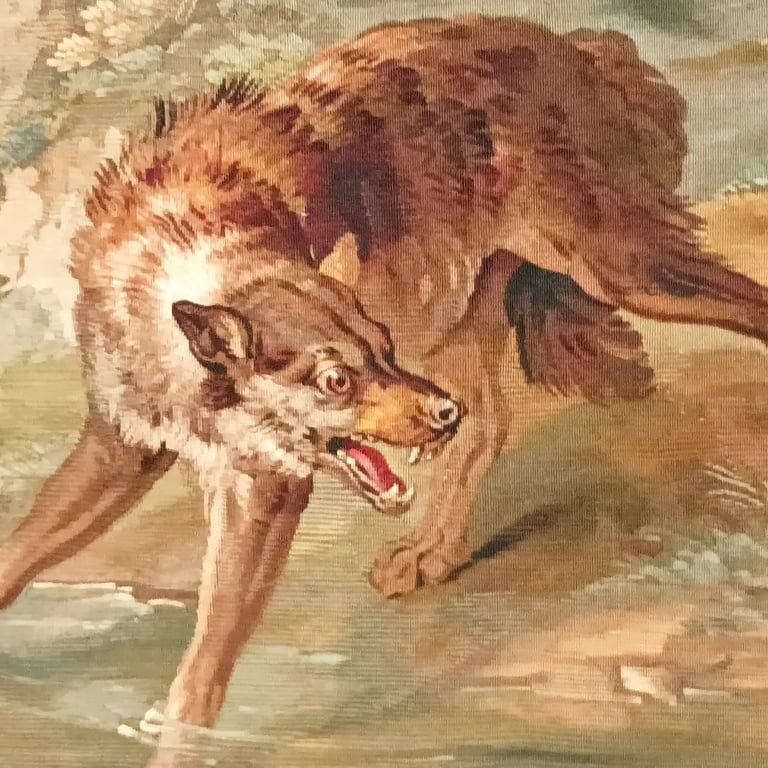

We were invite to view a selection of tapestries , dating from the sixteenth century to modern times and discover the images and fantasies of those times. Most of these wonderful pieces were on loan from the Mobilier National de Paris( National Furniture Collection) to which The Savonnerie in Lodève belongs. You may well have read my earlier blog about The Savonnerie, which is the only place outside of Paris where carpets for the palaces and government buildings of France are woven. Indeed, our sleepy town once occupied a prime place in the French weaving industry, and so this exhibition is very fitting. Travel through Lodève, and you will spot a recent mural, dedicated to the first Savonnerie workers, who brought their carpet making skills to Lodève from North Africa.
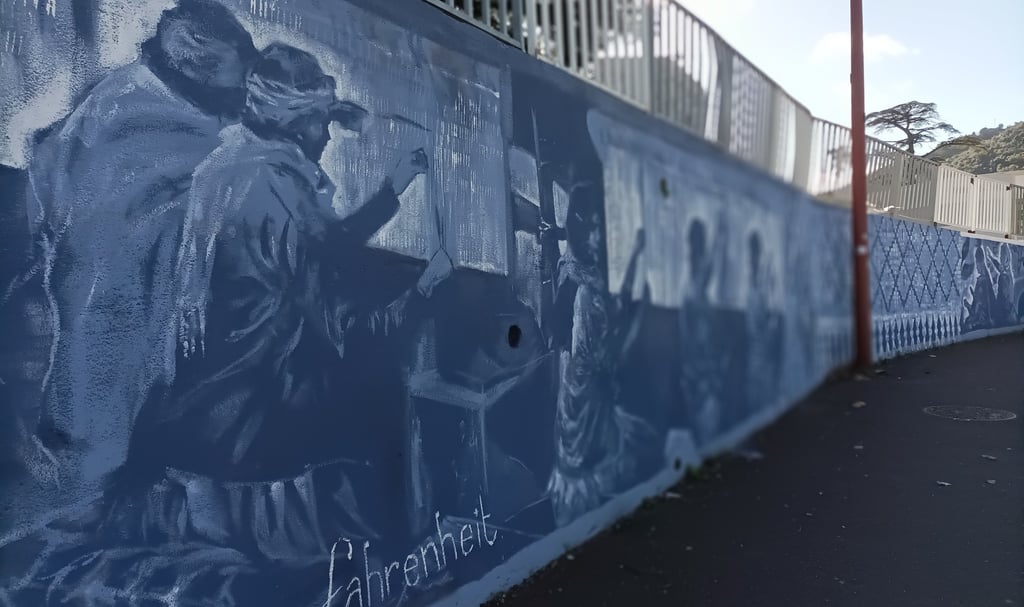

Did you know that the singe( or monkey) was often to be found in the gardens of seventeenth century Versailles where they were considered to be good companions? Indeed the monkey has occupied Western imaginations since the time of the Egypytians . Monkeys have been regarded as demons , burlesque figures , and have occupied a large place in fables. Little wonder then, that this very early sixteenth century tapestry from Flanders, entitled 'Camp des Singes' depicts monkeys as human beings.
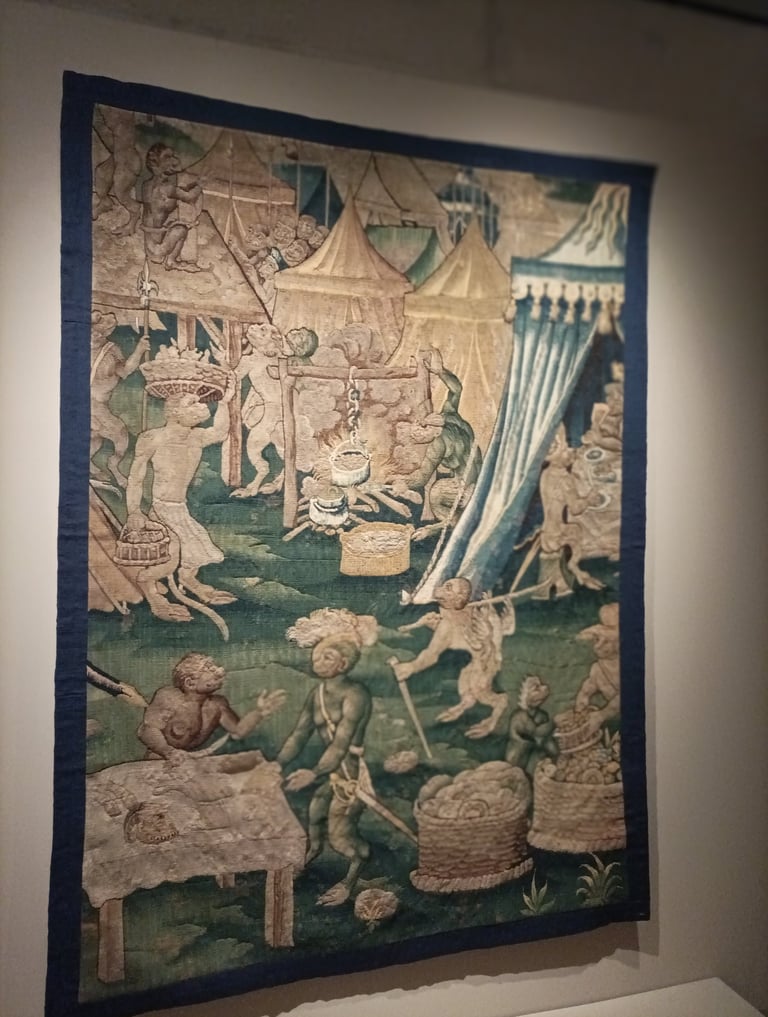

Here is a seventeenth century tapestry in which Neptune rides a chariot formed from a large conch, pulled by sea horses. Just look at the beautiful shell detailing on the border.
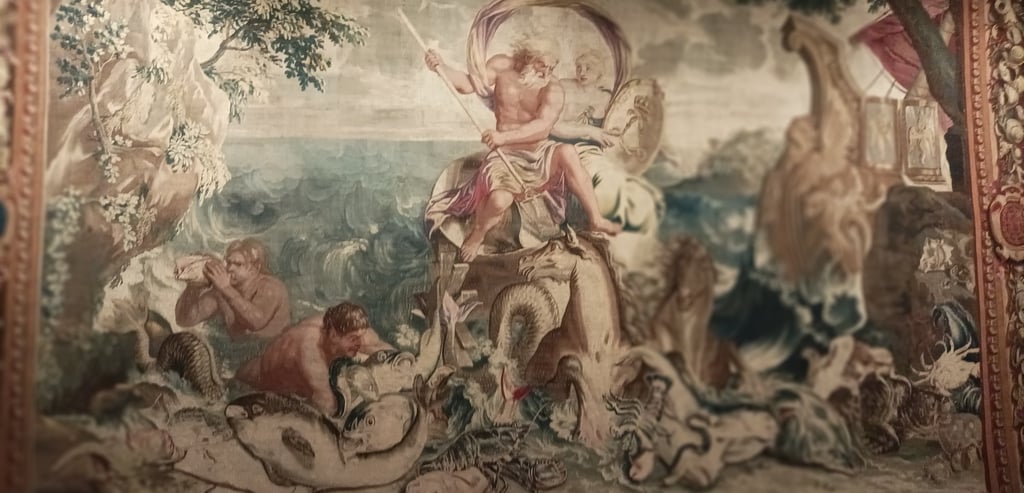

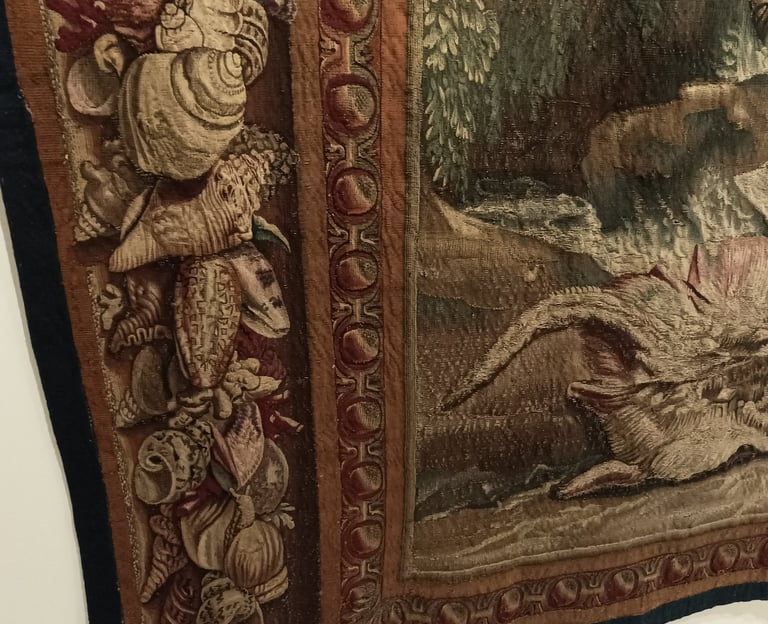

Let us look further into the minds of more recent artists. Here the twentieth century artist Derain has depicted the notion of a golden age, when man and animals lived in harmony. But Derain was preoccupied with thoughts of war, and so he depicts man mixing amongst fierce wild creatures. This tapestry was based on an earlier painting and only discovered in Derain's workshop after his death.
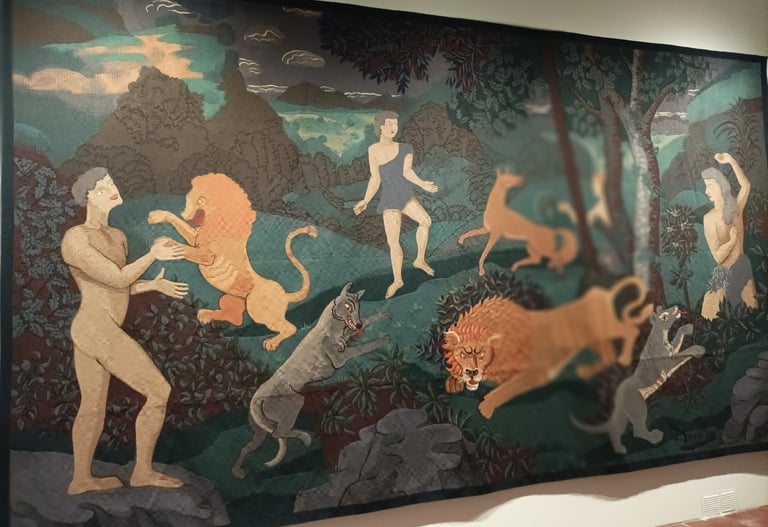

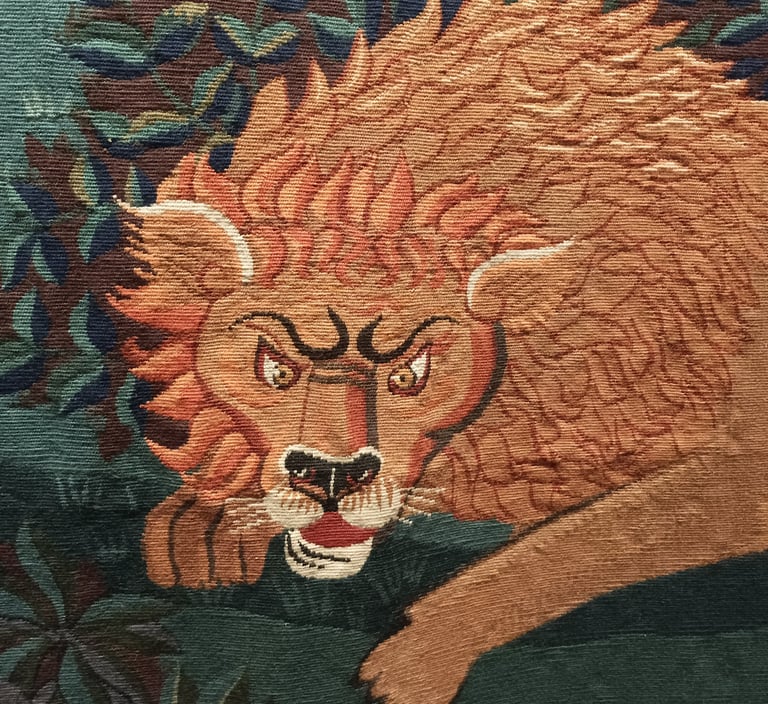

L' Age d'Or
Finally, although there were many more fine tapestries that I should like to show you, let us look at a more futuristic work, that is less figurative than many of the others. It is called 'La Creation du Monde'(The Creation of the World ) and was created by Frederic Léger in 1962 as décor for the ballet of that name. There is an African theme to this ballet both in the music and the colours, and you will see that the figures are no longer human, but replaced by masks and machines. I find this a beautiful work, and the colours stunning.
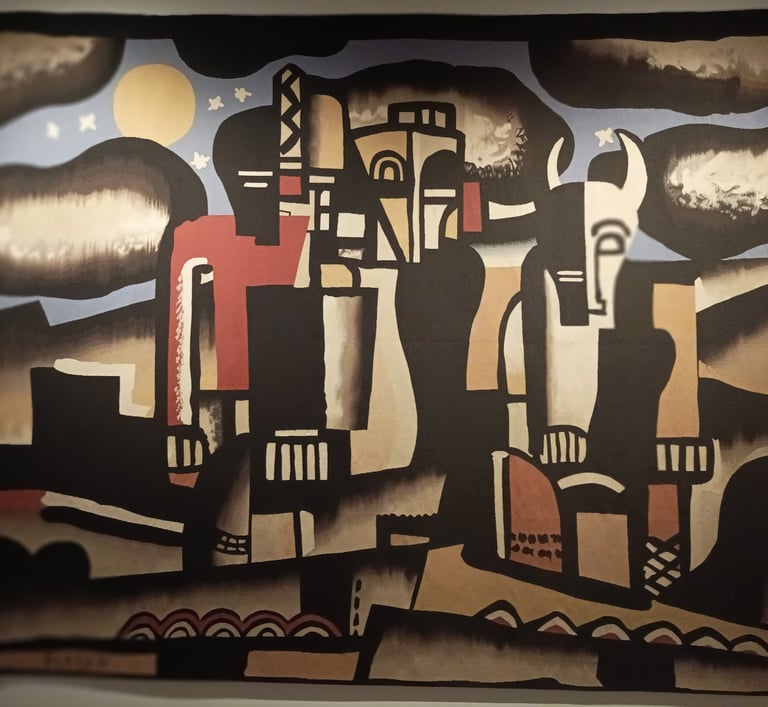

La Creation du Monde
Here are a few more images that I took during my visit.
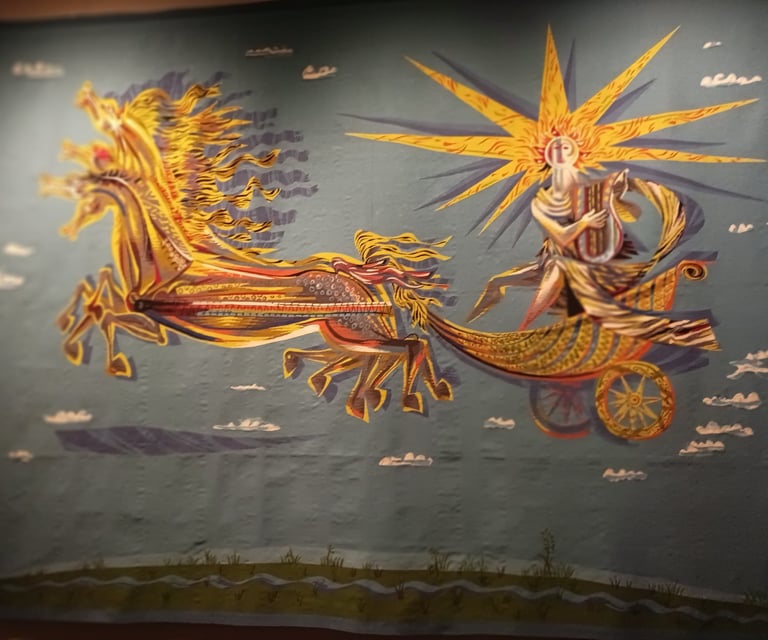

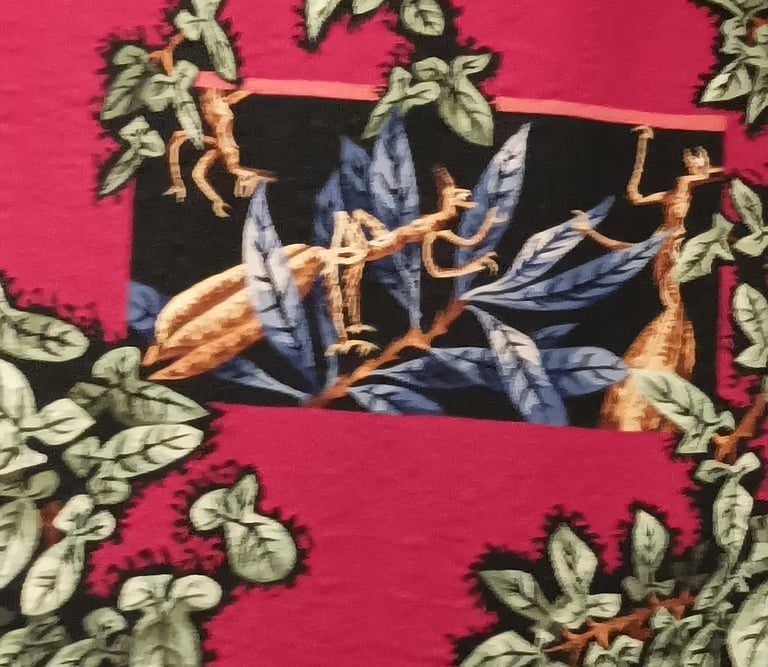

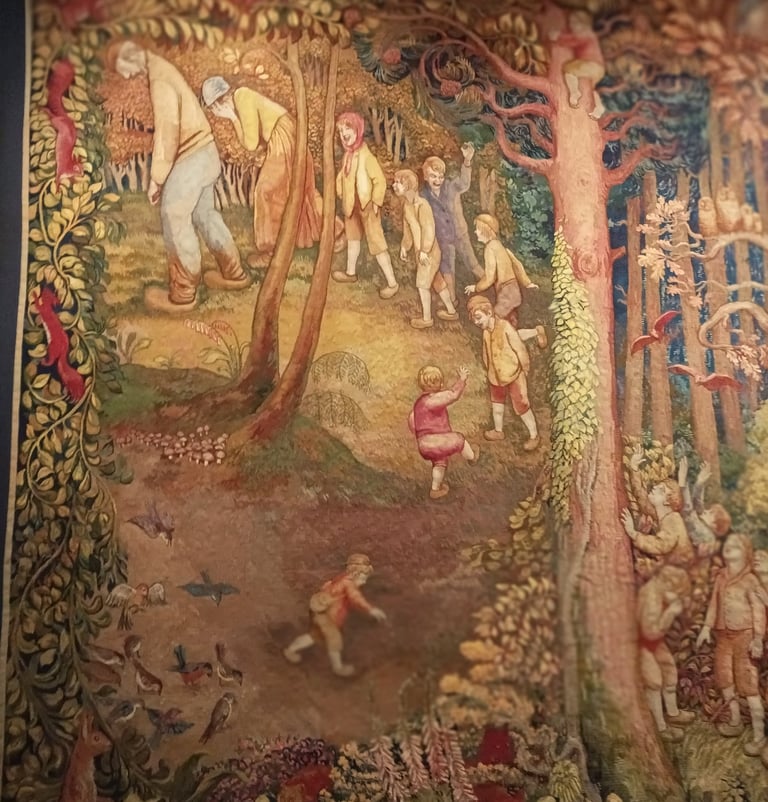

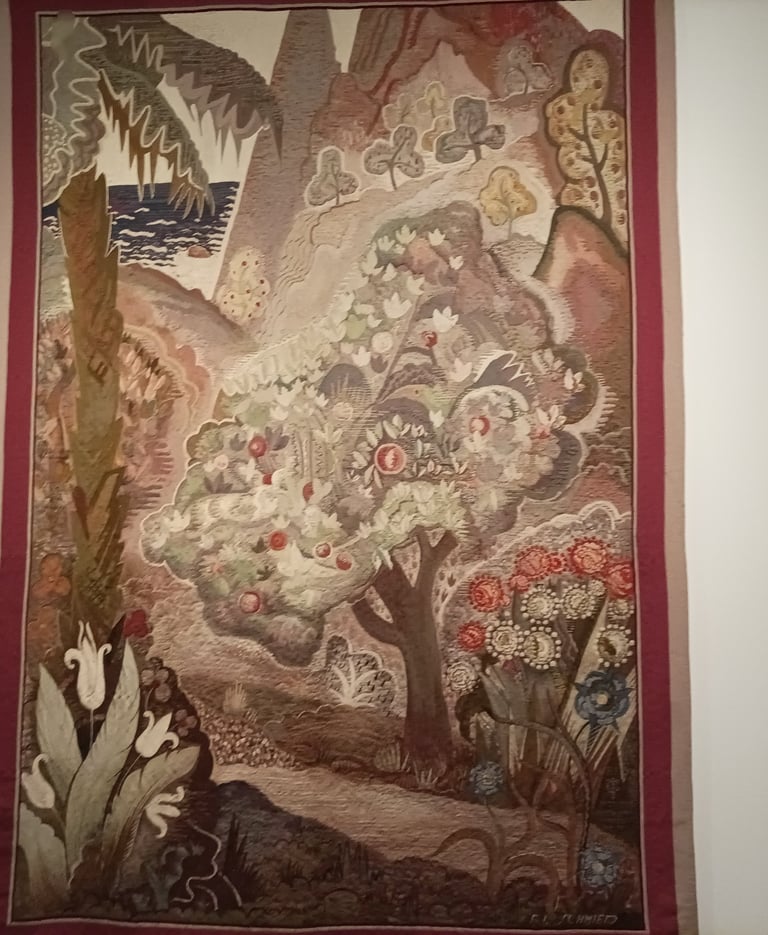



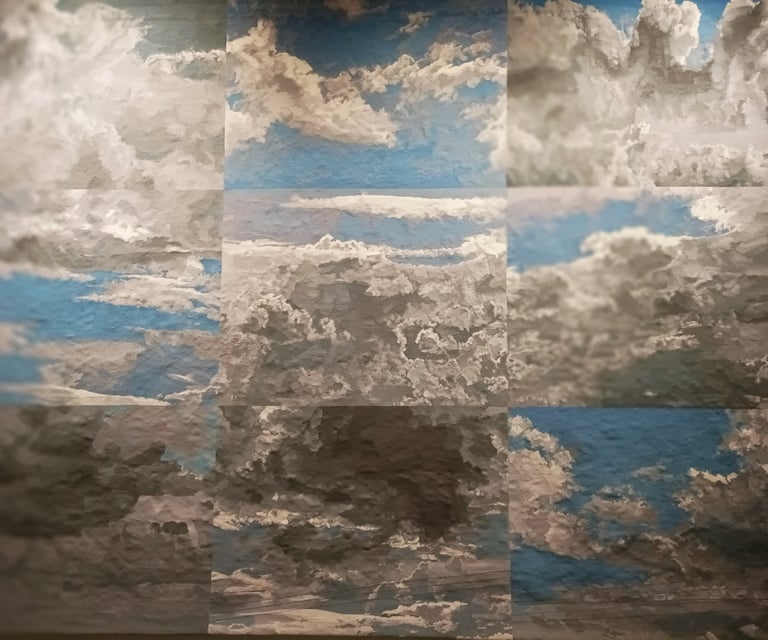

So...why look at images if all they do is reproduce reality?
I believe that this exciting and stimulating exhibition illustrated the above notion in reams. Every tapestry looked beyond the real world ,towards fantasy and prediction. If I come to think of it , the same sentiment could be applied to writing fiction. Why limit one's use of words to mere description, to plain facts and story progression? Words can be used to conjure up situations of magic realism , they can stimulate the reader's imagination with the slightest hint, or subtly reveal the inner thoughts and dreams of our protagonists? I'm still working on that!
P.S. This exhibition continues in Lodève until March. Next summer, we shall be treated to a new exhibition, in which artists and sculptors share the spotlight with ancient fossils, in an exploration of the link between man and the basic elements of the Universe.Quite a challenge! I hope to report back.
